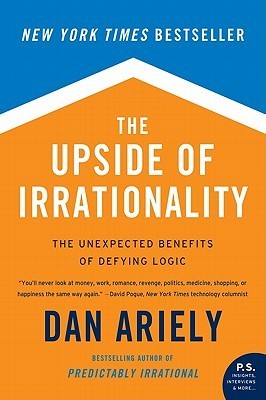
Nudge: Improving Decisions About Health, Wealth, and Happiness
Book Description
What if a small push could change your life forever? In "Nudge," Richard H. Thaler unveils the hidden forces that shape our choices about health, wealth, and happiness. Through captivating examples, this groundbreaking exploration reveals how subtle changes in our environment can lead to remarkable transformations in behavior. From tempting desserts in the cafeteria to retirement savings plans, every decision is influenced by design. Discover the power of choice architecture and how nudges can steer individuals toward better outcomes. Are the paths to success and well-being merely a nudge away?
Quick Book Summary
"Nudge: Improving Decisions About Health, Wealth, and Happiness" by Richard H. Thaler explores how people make decisions and how those decisions can be steered in positive directions through choice architecture—a concept the authors call a "nudge." Rather than restricting freedom of choice, nudges work by shaping the contexts in which choices are made, leveraging insights from behavioral economics and psychology. By understanding human tendencies such as inertia, procrastination, and bias, organizations and policymakers can craft environments that encourage better health, financial, and personal outcomes. Thaler uses engaging real-life examples to show how small, inexpensive interventions can have significant impacts. Ultimately, "Nudge" argues that designing thoughtful policies can help individuals and societies flourish without constraining personal liberty.
Summary of Key Ideas
Table of Contents
Choice Architecture and the Influence of Context
Thaler begins by discussing how much of our behavior is shaped unconsciously by the way options are presented to us, a concept known as choice architecture. A cafeteria, for example, can influence healthier eating simply by displaying nutritious food more prominently. These seemingly minor environmental tweaks, or “nudges,” prove to be powerful tools for steering decisions without removing freedom of choice.
Behavioral Biases and Human Decision-Making
The book delves into common cognitive biases and heuristics that guide human decision-making. People often succumb to inertia, overly weight immediate rewards, or make judgments based on flawed mental shortcuts. This leads to errors in managing finances, health decisions, and even voting. Thaler illustrates how understanding these behavioral pitfalls can inform subtle adjustments that help people make choices they genuinely prefer but might otherwise neglect.
Designing Effective Nudges for Better Outcomes
Thaler next explores specific strategies for designing effective nudges. Auto-enrollment in retirement plans, reminders for vaccinations, and rearrangement of product placement are just a few interventions that have demonstrated substantial improvements in individual and group outcomes. The key is to make beneficial behaviors the path of least resistance, leveraging default settings, feedback, and socially informed cues.
Applications in Health, Wealth, and Public Policy
Practical applications of nudges are surveyed across multiple domains. In health, default options have increased organ donation rates, while in finance, small plan design changes have boosted retirement savings. Public policies, such as simplified forms or clearer information disclosure, have been shown to favorably alter behaviors at the societal level. Thaler argues that when nudges are carefully designed, they can produce large-scale benefits at minimal costs.
Libertarian Paternalism and Ethical Considerations
Finally, Thaler addresses the ethics of nudging, introducing the principle of libertarian paternalism. This approach respects freedom of choice while actively guiding people towards welfare-enhancing decisions. He contends that since choice architecture is unavoidable, policymakers and institutions should be transparent and use these tools responsibly, ensuring that nudges serve the interests of those being nudged rather than the architects themselves.
Download This Summary
Get a free PDF of this summary instantly — no email required.





